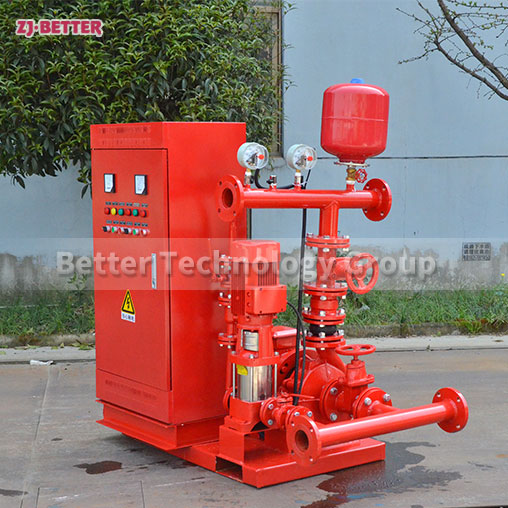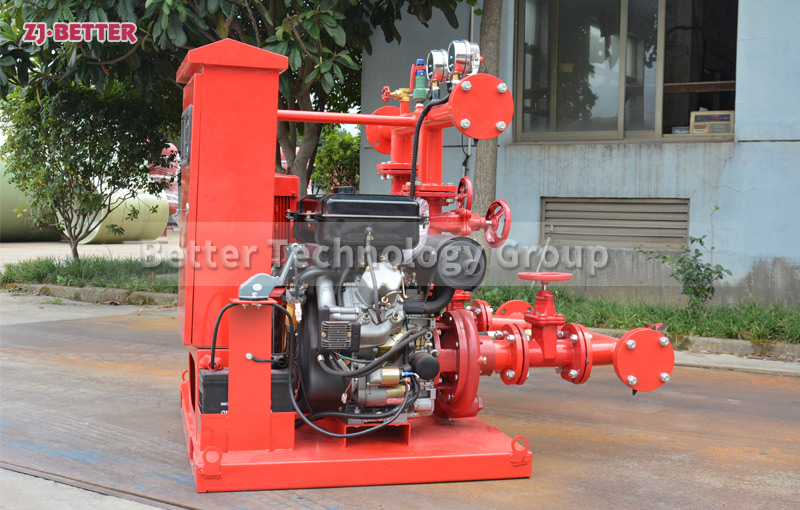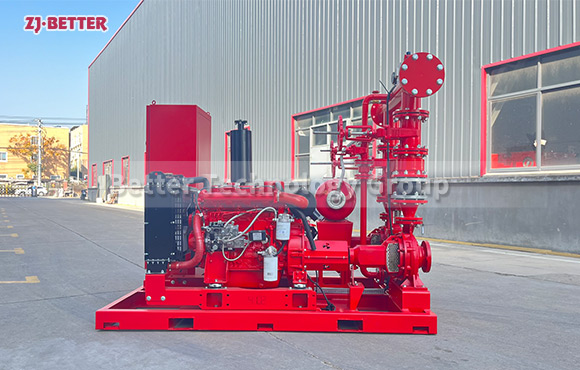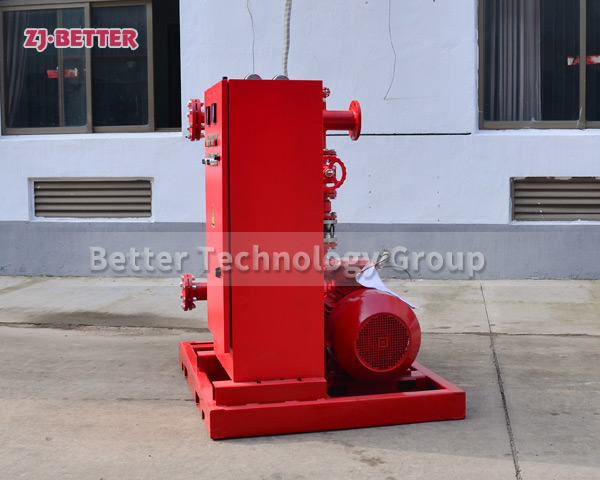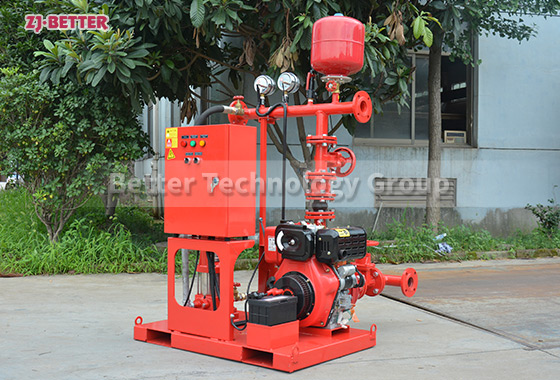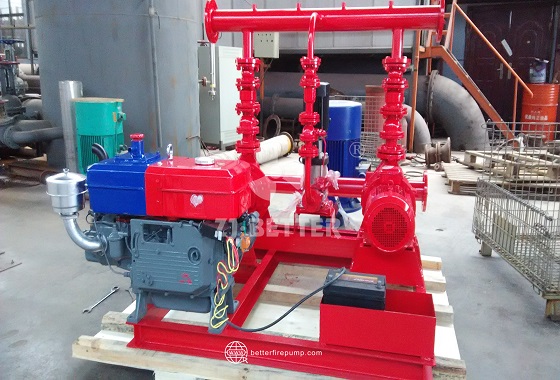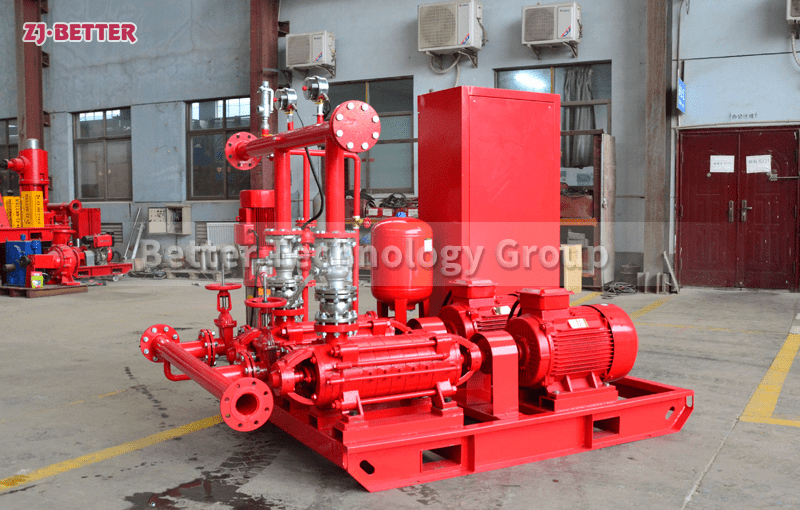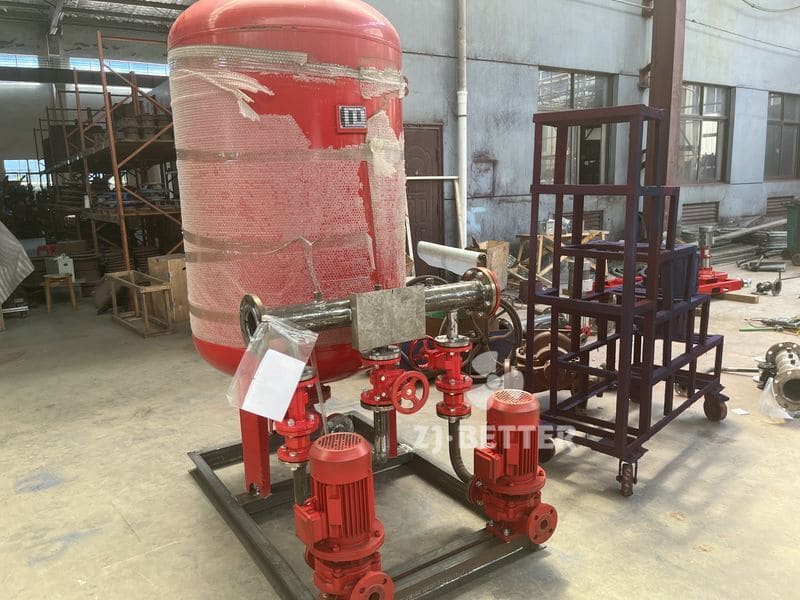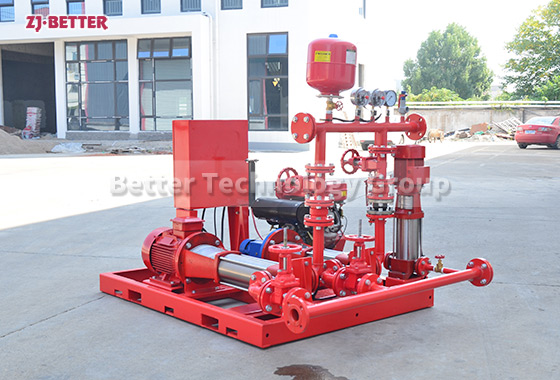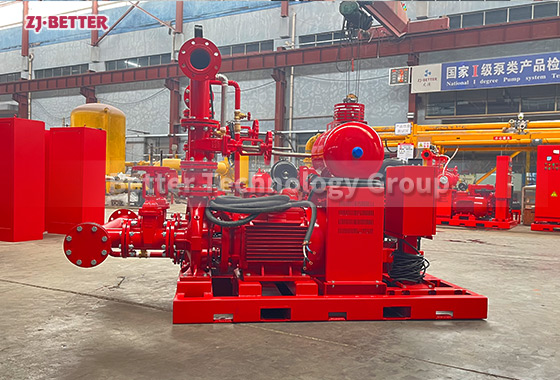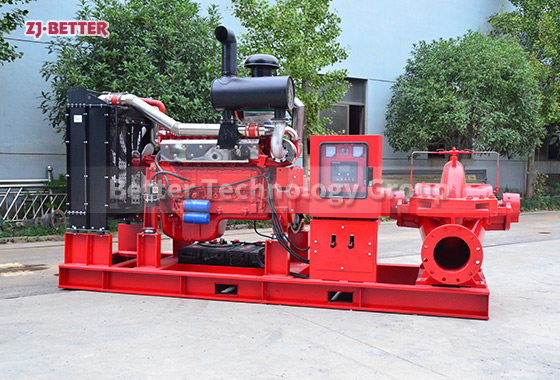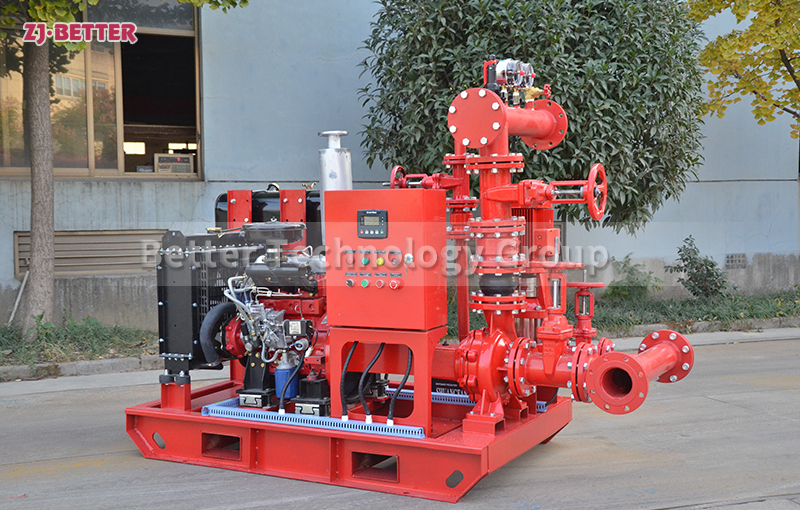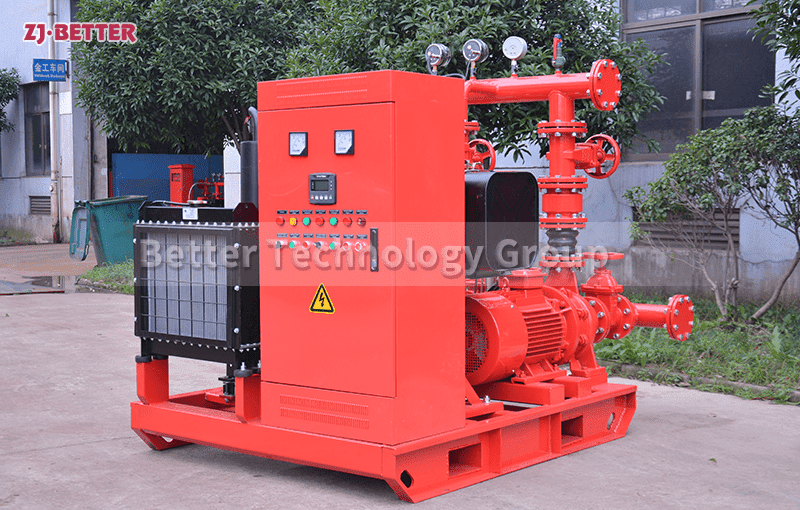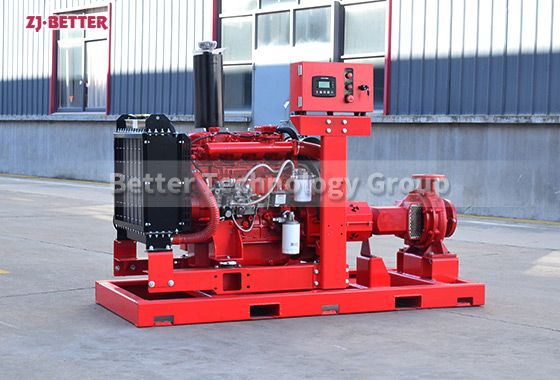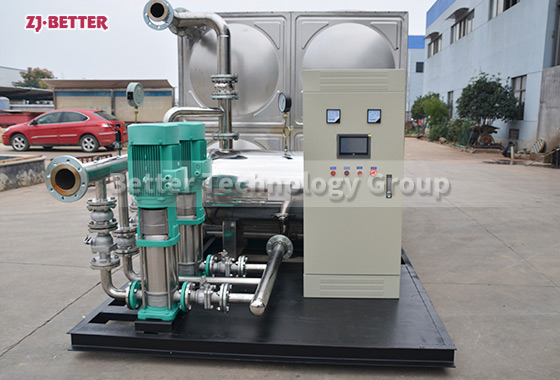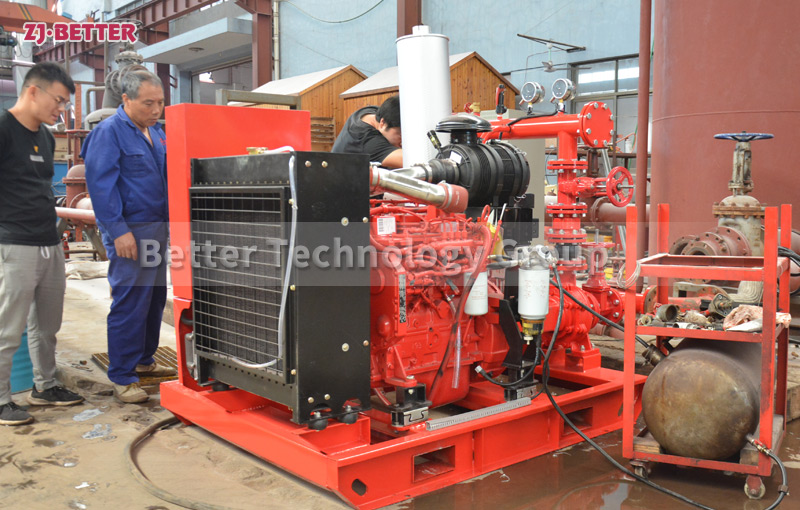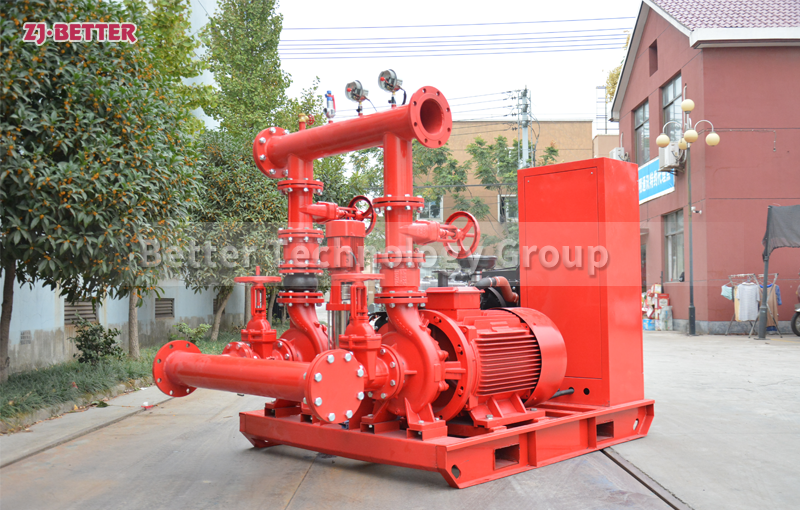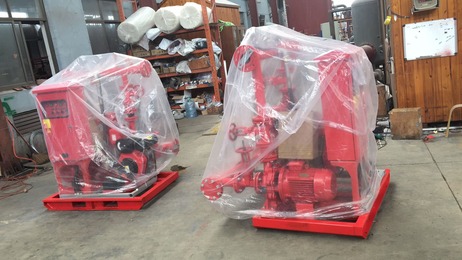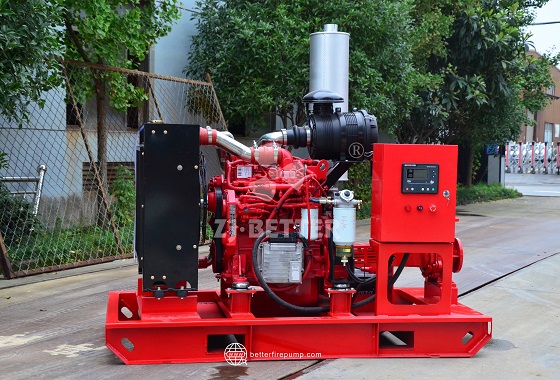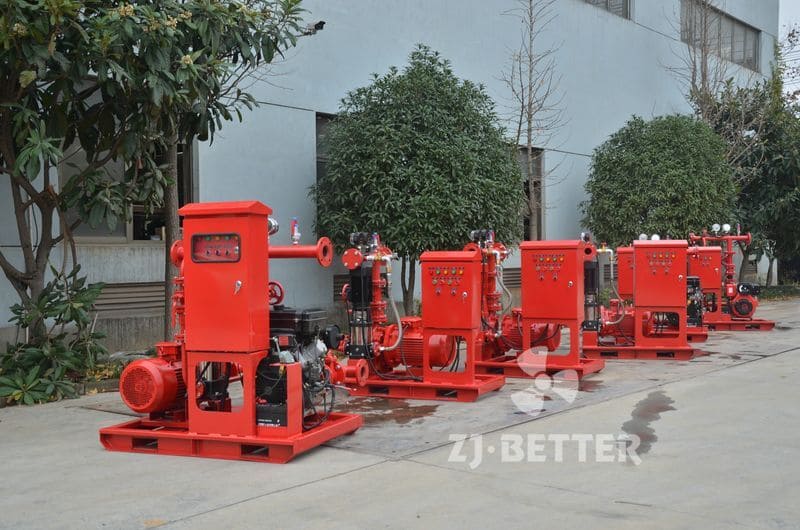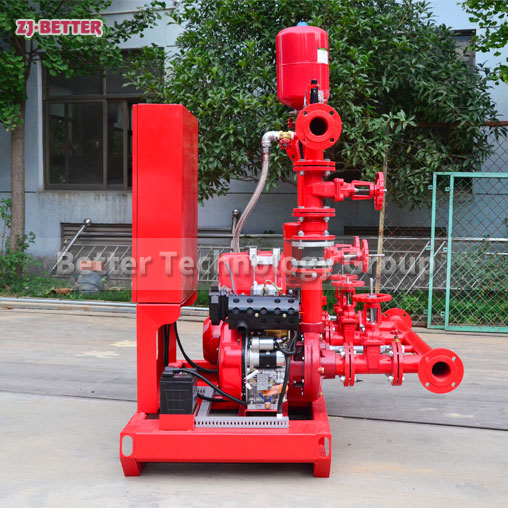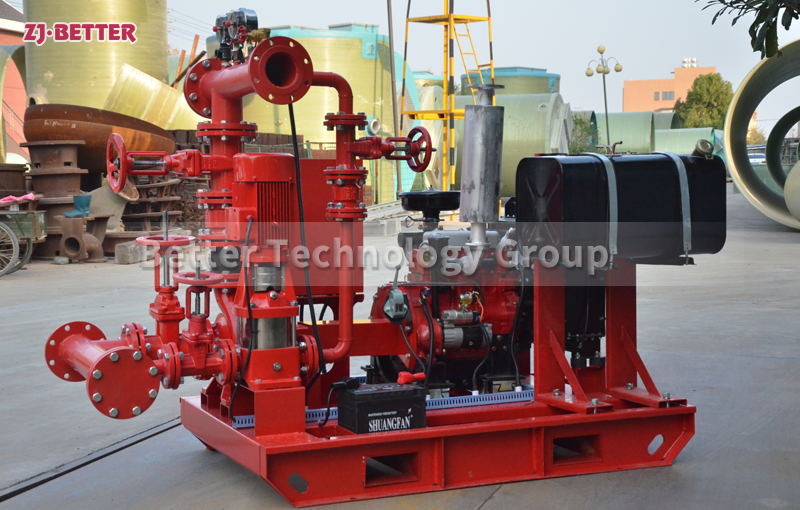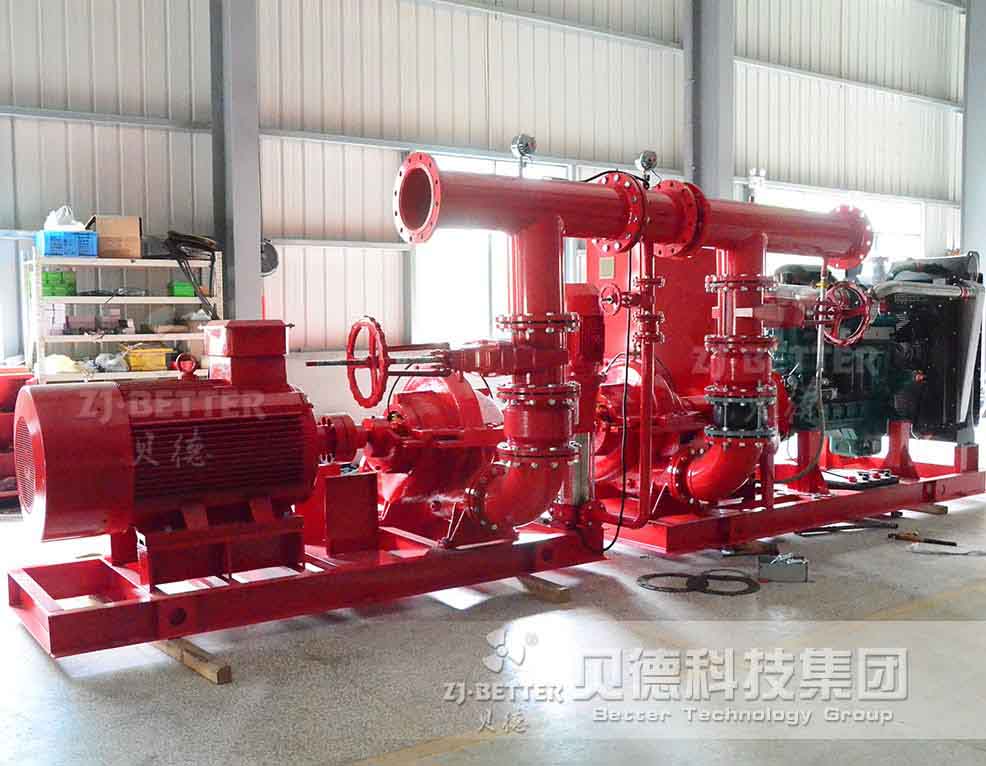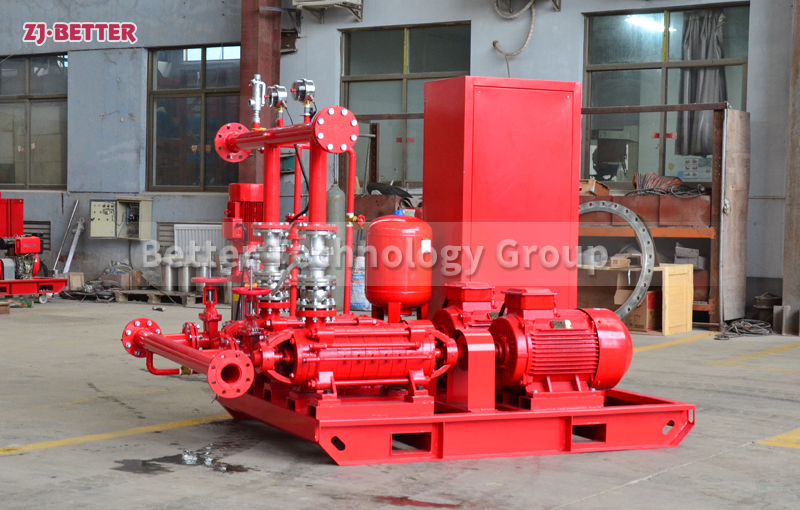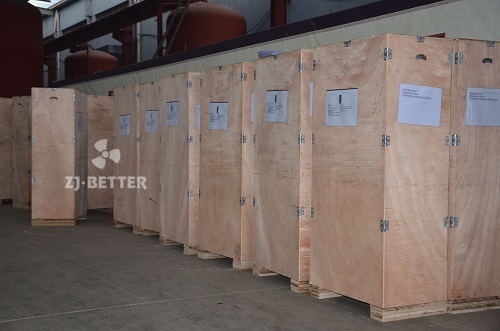The difference between fire pump and ordinary life pump
Electric motor fire pumps are used in various water environments, not only for ordinary water supply but also as a good helper for fire water. The electric motor fire pump is manufactured with good structure and technology, with a wide range of performance, simple operation and long-term use. The electric motor fire pump is aimed at various fire water environments, so the selection should also be based on the actual demand environment, performance parameters, etc.
1. The fire pump is used to ensure the water volume and water pressure of the fire water, which involves personal safety and property protection, and must operate more reliably. It is required that the structure of the pump body is more reasonable, the material is more appropriate, and the reliability is higher.
2. The water supply of the fire pump generally adopts the method of directly supplying water to the fire extinguishing facilities (fire hydrant, sprinkler head) by the water pump. In the initial fire extinguishing or self-checking operation, the water supply is small flow, and the water supply is designed according to the design flow in the fire development stage. When the flow rate and head curve of the pump are steep, it is easy to generate overpressure during small flow operation, and corresponding technical measures should be taken for this.
3. The fire pump is used for extinguishing fire, and it is required to be fast and timely. The corresponding requirement is that the fire pump has a shorter water diversion time than ordinary life pumps and better starting performance.

